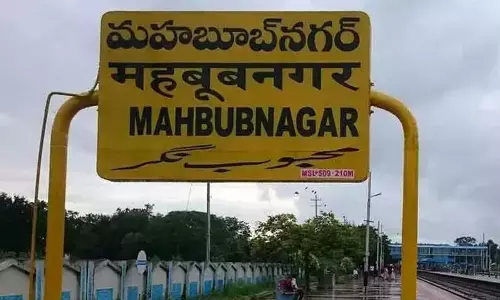A tapestry of perspectives: Exploring the old masters of modern Indian art

A tapestry of perspectives: Exploring the old masters of modern Indian art
The history of Modern Indian Art shines with countless luminous stars, whose legacy is eternally remembered and cherished.
The history of Modern Indian Art shines with countless luminous stars, whose legacy is eternally remembered and cherished. Of these, the old masters of Indian art, active during the late 19th and early 20th century, hold immense importance in the cultural heritage of the nation. These artists, divided by their artistic and political ideologies, made significant contributions to the development and preservation of Indian art during a crucial period of transition.
One group of old masters emerged from the Bombay School of Art, where they excelled in the European Academic Realism imparted at the Sir J J School of Art. These artists embraced the colonial legacy and mastered techniques that blended Indian subject matter with Western artistic styles. Their works showcased the assimilation of European art principles into the Indian context, creating a unique fusion. An important figure of this era, M V Dhurandhar was an extremely versatile artist, best known for his mastery in bringing the characters and stories from Indian mythology to life through his paintings.
Dhurandhar's mythological works often depict the gods and goddesses of Hinduism, as well as scenes from great epics such as the Ramayana and the Mahabharata. However, the lesser-known aspect of his grand oeuvre is several landscape paintings he created. Dhurandhar's landscape paintings capture the beauty and majesty of the Indian countryside. He was particularly interested in portraying the rural landscapes of Maharashtra, where he grew up. His paintings often depict rolling hills, lush forests, and tranquil water bodies such as lakes and rivers. He also frequently incorporated human figures and animals in his works, adding a sense of life and movement to his landscapes.
On the other hand, the early masters associated with the Bengal School of artistic thought were driven by a rising nationalistic fervour in early 20th century India. Inspired by the likes of Abanindranath Tagore and Nandalal Bose, these artists sought to revive traditional Indian art forms and techniques, emphasising a return to indigenous roots.
They rejected the Western academic influence and instead focused on depicting Indian mythology, history, and everyday life, infused with a sense of nationalism. Nandalal Bose was an important figure to champion the incorporation of indigenous sensibility in Indian art during the pre-independence era. He believed that Indian art should reflect the ethos, spirituality and symbolism that are ingrained in the nation's cultural fabric.
amini Roy was another important artist from Bengal School who was inspired to break away from the traditional practices of European naturalism to find their individual artistic vocabulary and idiom. Towards the end of the 1920s, he gave up the medium of oil in favour of natural traditional pigments from vegetable and mineral sources and started to paint on different surfaces such as cloth, woven mats, and wood coated with lime. He also experimented with egg tempera and tamarind seed glue for binding purposes. Jamini Roy's celebrated and unmistakable style shines through his iconic images of Bengali women, such as in a work titled 'Sue Shadow,' where the artist has portrayed a woman in a worshipful stance. His signature style of thick, black contour lines defines her figure, while the blue drapes are applied with a flat, unadorned style. This blend of modern and Indian expressions exemplifies Roy's unique artistic language and adds depth and character to his portrayal of women. This work was executed on a card with tempera in 1956.
The first Asian and Indian to win the prestigious Nobel Prize for his great English composition 'Geetanjali,' Rabindranath Tagore continues to be recognised as the most important Indian artist globally. A poet, poet, song composer, novelist, essayist, and also a painter, Rabindranath Tagore's contribution to art was multifaceted. A patriot and talisman for national pride, his thoughts and ideas were instrumental in shaping the narrative of modern India. One of the other important artists to emerge from the Bengal School was Chintamoni Kar, the renowned Indian sculptor whose training was done at the Indian Society of Oriental Art run by Rabindranath Tagore. Kar moved to Paris in 1938, where he studied at the Academie de la Grande Chaumiere before moving back to India. This work, executed with gouache on paper in 1994, is appearing in an auction for the first time.
The importance of these old masters lies in their ability to preserve and celebrate the diverse artistic traditions of India during a time of cultural upheaval. Their works serve as a bridge between the rich artistic heritage of the past and the evolving artistic expressions of the present. Through their distinct ideologies and artistic approaches, they contributed to the pluralistic nature of Indian art, enriching its tapestry with varied perspectives.
Studying the works of these old masters allows us to understand the evolution of Indian art, the interplay of cultural influences, and the artistic responses to colonialism and nationalism. Their contributions have left a lasting legacy, inspiring future generations of artists to explore and reinterpret the artistic traditions of India. Recognising and appreciating the significance of the old masters is crucial for fostering a deeper understanding of Indian art and its place in the global artistic landscape.















